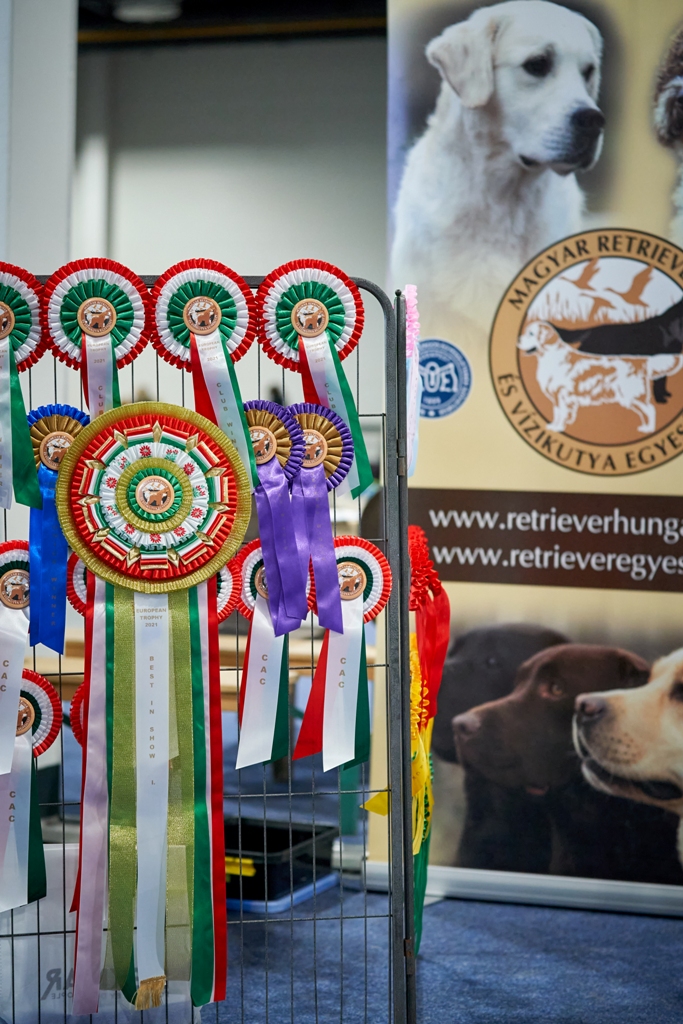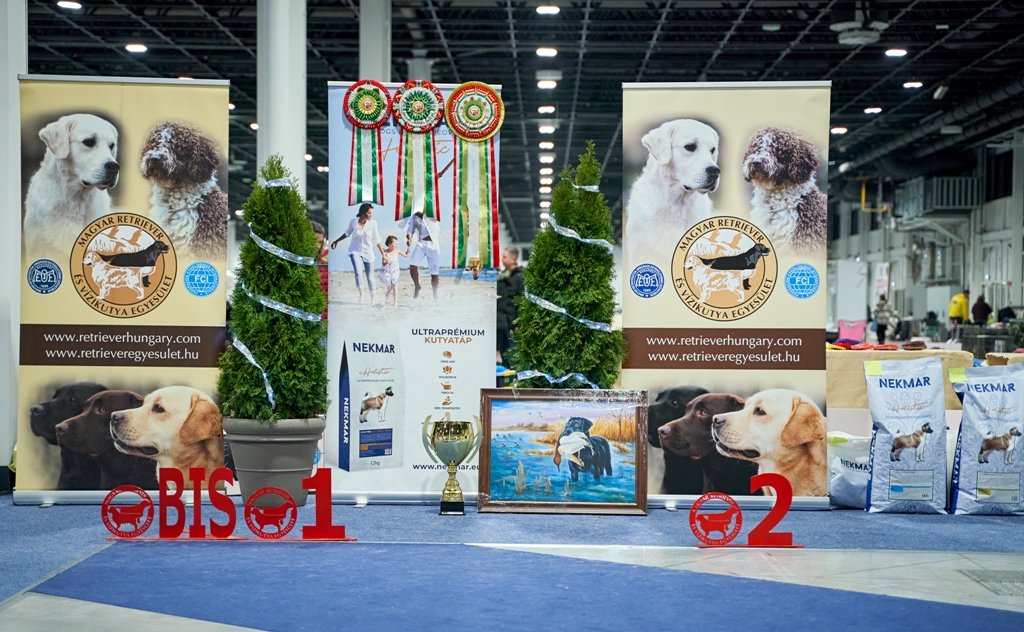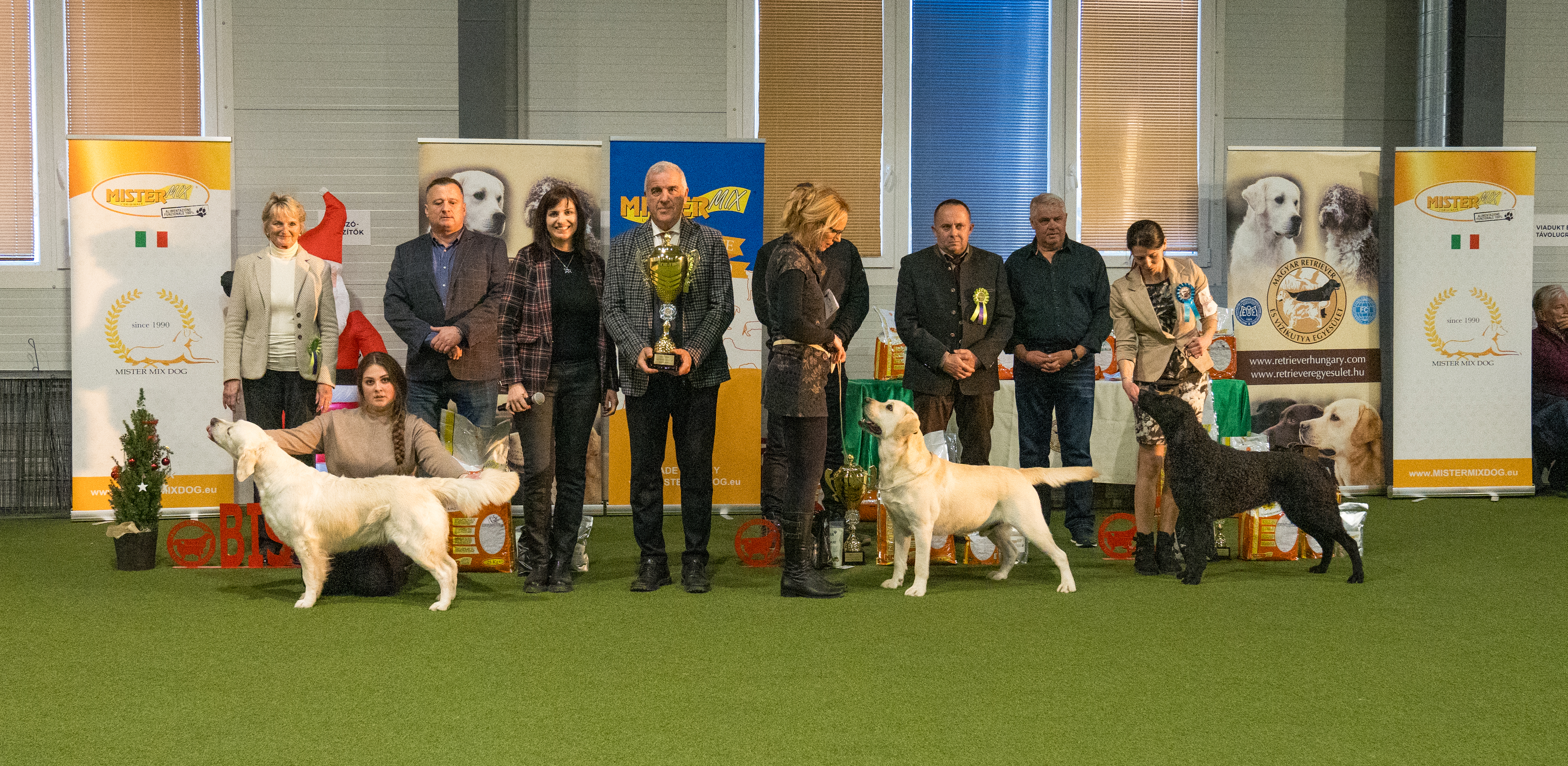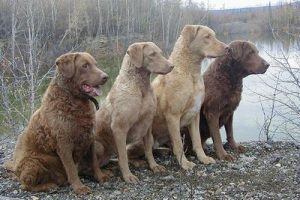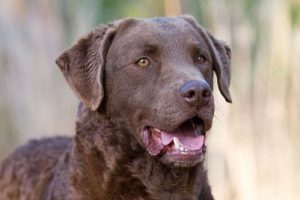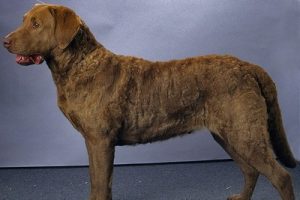HEAD :
CRANIAL REGION:
Skull : Broad and round.
Stop : Medium stop.
FACIAL REGION:
Nose: Nasal bridge medium short.
Muzzle: Approximately the same length as the skull, tapering pointed but not sharp.
Lips: Thin, not pendulous.
Jaws/Teeth: Scissors bite is preferred, but a level bite is acceptable.
Eyes: Are to be medium large, very clear, of yellowish or amber color and wide apart. Intelligent expression.
Ears: Are to be small, set well up on the head, hanging loosely, and of medium leather.
LIMBS:
FOREQUARTERS:
General appearance : There should be no tendency to weakness in the forequarters. They are medium in length and straight, showing good bone and muscle. The front legs should appear straight when viewed from front or rear.
Shoulders : Should be sloping with full liberty of action, plenty of power and without any restrictions of movement.
Pasterns : Slightly bent and of medium length. Dewclaws may be removed.
HINDQUARTERS:
General appearance : Good hindquarters are essential. They should show fully as much power as the forequarters. There should be no tendency to weakness in the hindquarters. Hindquarters should be especially powerful to supply the driving power for swimming. Legs should be medium length and straight, showing good bone and muscle. The hind legs should look straight when viewed from the front or rear. Dewclaws, if any, must be removed from the hind legs.
Stifles : Well angulated.
Hocks : The distance from hock to ground should be of medium length.
FEET : Well webbed harefeet, of good size with toes well-rounded and close.
NECK:
Should be of medium length with a strong muscular appearance, tapering to the shoulders.
BODY:
Of medium length, neither cobby nor roached, but rather approaching hollowness from underneath as the flanks should be well tucked up.
Topline: Should show the hindquarters to be as high as or a trifle higher than the shoulders.
Back: Short, well coupled and powerful.
Chest: Strong, deep and wide. Rib cage barrel, round and deep.
TAIL:
Of medium length; medium heavy at the base. The tail should be straight or slightly curved and should not curl over back or side kink.
GAIT / MOVEMENT:
The gait should be smooth, free and effortless, giving the impression of great power and strength. When viewed from the side, there should be good reach with no restrictions of movement in the front and plenty of drive in the rear, with good flexion of the stifle and hock joints. Coming at you, there should be no sign of elbows being out. When the Chesapeake is moving away from you, there should be no sign of cowhockness from the rear. As speed increases, the feet tend to converge toward a center line of gravity.
COAT:
HAIR : Coat should be thick and short, nowhere over 1 1/2 inches ( 4 cm) long, with a dense, fine, woolly undercoat. Hair on the face feathering on rear of hindquarters and tail is permissible. The texture of the Chespeake’s coat is very important, as the Chesapeake is used for hunting under all sorts of adverse weather conditions, often working in ice and snow. The oil in the harsh outer coat and woolly undercoat is of extreme value in preventing the cold water from reaching the Chesapeake’s skin and aids in quick drying. A Chesapeake’s coat should resist the water in the same way that a duck’s feathers do. When the Chesapeake leaves the water and shakes, the coat should not hold water at all, being merely moist.
COLOUR: The colour of the Chesapeake Bay Retriever must be as nearly that of its working surroundings as possible. Any colour of brown, sedge or deadgrass is acceptable, self-coloured Chesapeakes being preferred. One colour is not to be preferred over another. A white spot on the breast, belly, toes or back of the feet (immediately above the large pad) is permissible, but the smaller the spot, the better. Solid colour preferred. The colour of the coat and its texture must be given every consideration, when judging on the bench in the ring. Honorable scars are not to be penalized.
CHESAPEAKE BAY RETRIEVER STANDARD
UTILIZATION:
Retriever equally proficient on land and in the water.
FCI-CLASSIFICATION :
- Group 8.: Retrievers-Flushing; Dogs-Water Dogs.
- Section 1.: Retrievers. With working trial.
GENERAL APPEARANCE:
Equally proficient on land and in the water, the Chesapeake Bay Retriever was developed along the Chesapeake Bay to hunt waterfowl under the most adverse weather and water conditions, often having to break ice during the course of many strenuous multiple retrieves. Frequently the Chesapeake must face wind, tide and long cold swims in its work. The breed’s characteristics are specifically suited to enable the Chesapeake to function with ease, efficiency and endurance. In head, the Chesapeake’s skull is broad and round with a medium stop. The jaws should be of sufficient length and strength to carry large game birds with an easy, tender hold. The double coat consists of a short, harsh, wavy outer coat and a dense, fine, wooly undercoat containing an abundance of natural oil and is ideally suited for the icy rugged conditions of weather the Chesapeake often works in. In body, the Chesapeake is a strong, well-balanced, powerfully built animal of moderate size and medium length in body and leg, deep and wide in chest, the shoulders built with full liberty of movement, and with no tendency to weakness in any feature, particularly the rear. The power though, should not be at the expense of agility or stamina.
Size and substance should not be excessive as this is a working retriever of an active nature. Distinctive features include eyes that are very clear, of yellowish or amber hue, hindquarters as high or a trifle higher than the shoulders, and a double coat which tends to wave on shoulders, neck, back and loins only.
SCALE OF POINTS:
- Head, including lips, ears and eyes 16
- Neck 4
- Shoulders and body 12
- Hindquarters and stifles 12
- Elbows, legs and feet 12
- Colour 4
- Stern and tail 10
- Coat and texture 18
- General conformation 12
APPROXIMATE MEASUREMENTS:
INCHES
- Length head, nose to occiput 9 ½ to 10
- Girth at ears 20 to 21
- Muzzle below eyes 10 to 10 ½
- Length of ears 4 ½ to 5
- Width between eyes 2 ½ to 2 ¾
- Girth neck close to shoulder 20 to 22
- Girth at flank 24 to 25
- Length from occiput to tail base 34 to 35
- Girth upper thigh 19 to 20
- From root to root of ear, over skull 5 to 6
- Occiput to top shoulder blades 9 to 9 ½
- From elbow to elbow over the shoulders 25 to 26
IMPORTANT PROPORTIONS:
Height from the top of the shoulder blades to the ground should be slightly less than the body length from the breastbone to the point of buttocks. Depth of body should extend at least to the elbow. Shoulder to elbow and elbow to ground should be equal.
BEHAVIOUR/TEMPERAMENT:
The Chesapeake is valued for its bright and happy disposition, intelligence, quiet good sense, and affectionate protective nature. Courage, willingness to work, alertness, nose, intelligence, love of water, general quality and, most of all, disposition should be given primary consideration in the selection and breeding of the Chesapeake Bay Retriever.
Extreme shyness or extreme aggressive tendencies are not desirable in the breed either as a gun dog or companion.
SIZE AND WEIGHT:
Height : Males should measure 23 to 26 inches; (58-66cm); females should measure 21 to 24 inches; (53-61cm).
Oversized or undersized animals are to be severely penalized.
Weight : Males should weigh 65 to 80 pounds (29,5-36,5kg); females should weigh 55 to 70 pounds (25-32kg).
FAULTS:
Any departure from the foregoing points should be considered a fault and the seriousness with which the fault should be regarded should be in exact proportion to its degree and its effect upon the health and welfare of the dog.
DISQUALYFING FAULTS:
- Aggressive or overly shy
- Any dog clearly showing physical or behavioural abnormalities shall be disqualified.
- Specimens lacking in breed characteristics.
- Teeth overshot or undershot.
- Declaws on the hind legs.
- Coat curly or with a tendency to curl all over the body.
- Feathering on the tail or legs over 1 3/4 inches (4,5 cm) long.
- Black coloured.
- White on any part of the body except breast, belly, toes, or back
of feet.
The question of the coat and general type of balance takes precedence over any scoring table which could be drawn up. The Chesapeake should be well proportioned, an animal with a good coat and well balanced in other points being preferable to one excelling in some but weak in others.
N.B.:
- Male animals should have two apparently normal testicles fully descended into the scrotum.
- Only functionally and clinically healthy dogs, with breed typical conformation should be used for breeding.




